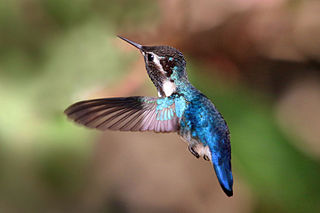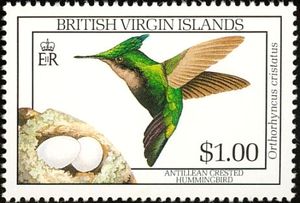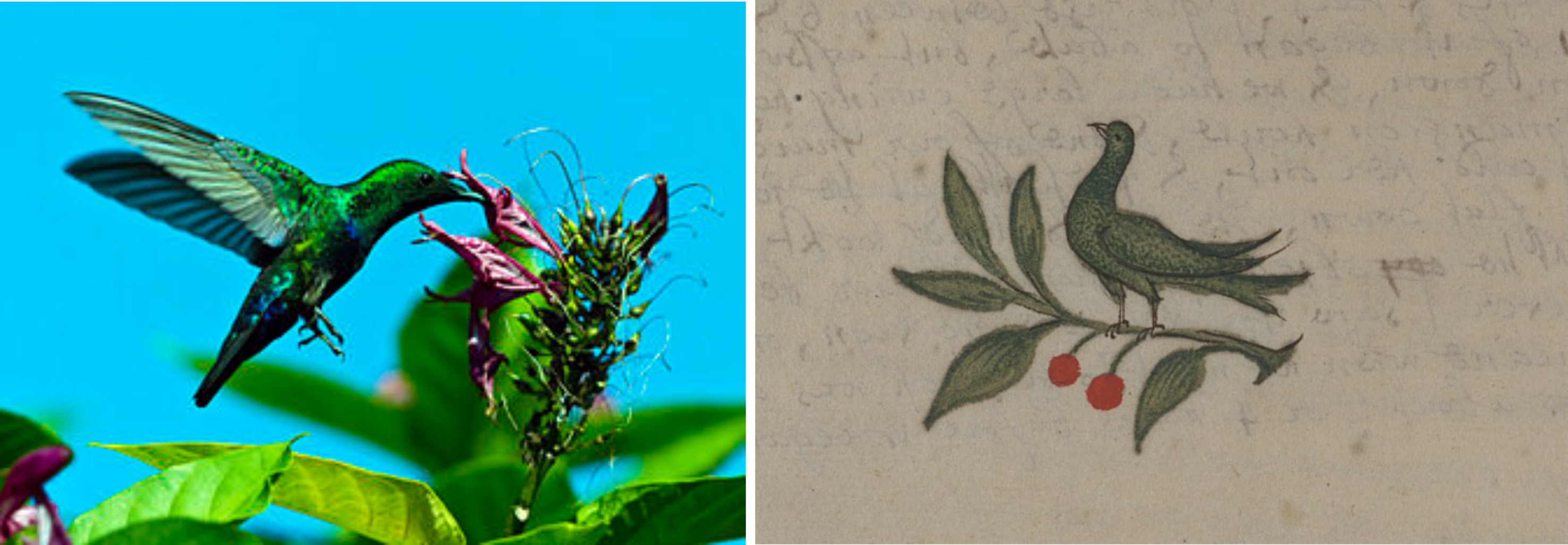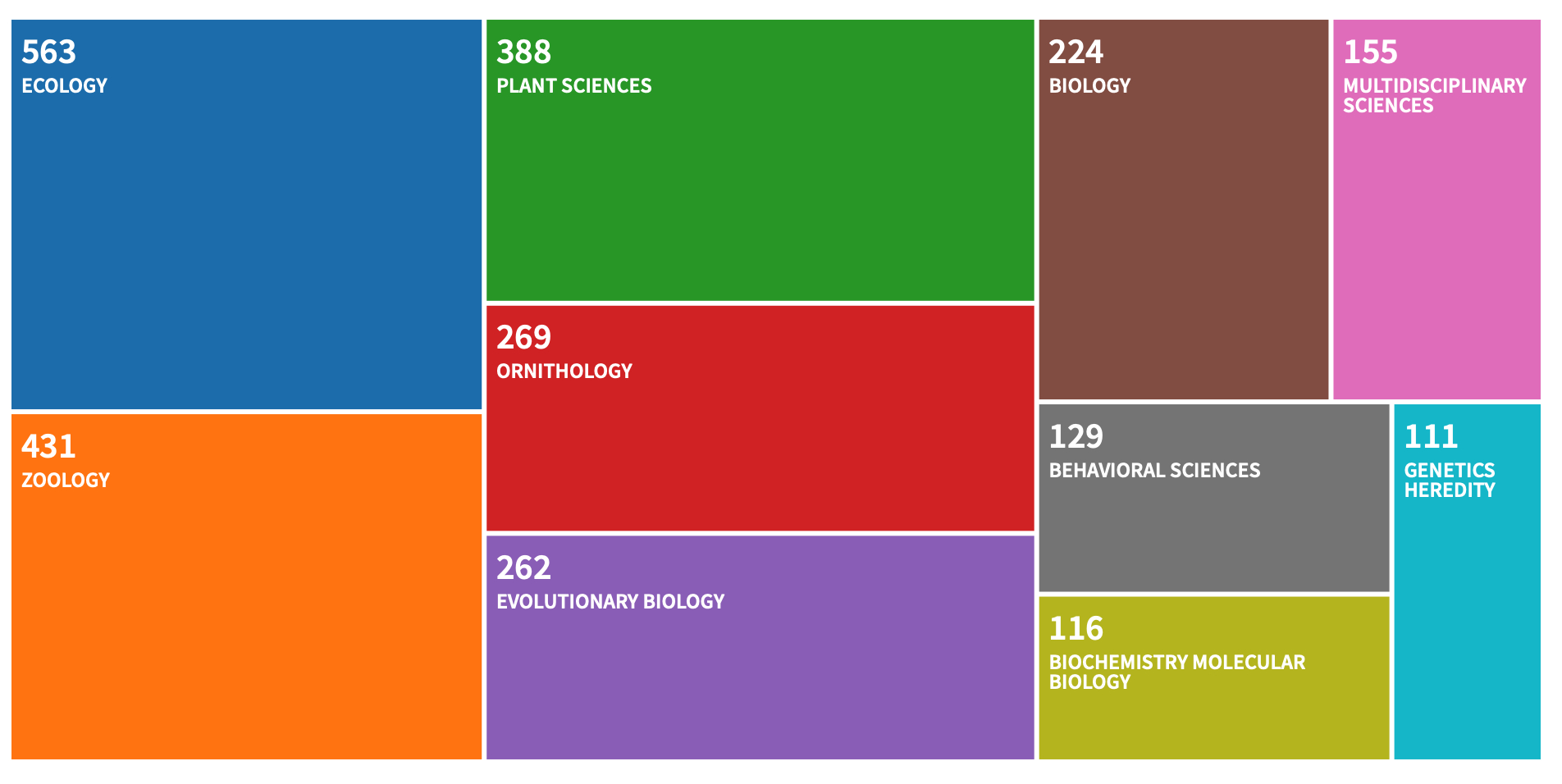When we were writing our Ten Thousand Birds book on the history of ornithology since Darwin, we thought it might be interesting to try to illustrate the growth of the field since the mid-1800s. To do that, we prepared a graph showing the number of articles and books published per year for every fifth year since 1865, using both Zoological Record and, for recent years, Google Scholar. The results were staggering [1], showing an explosive growth in publications on—and presumably knowledge about—birds since the second world war. Since the year 2000, there have been more articles and books published about birds than in the entire period from the beginning of scientific publishing in 1665 until 2000. We can estimate the number of publications before 1865 with some confidence as there were very few bird papers published before that date. The world’s major bird journals did not even start publishing until the mid-to-late 1800s [2].

When we compiled that graph, we wondered when the first-ever scientific paper had been published on birds. It had to be after 1664, as the first ever scientific journals [3], Journal des sçavans and Philosophical Transactions, began publishing early in 1665.
To find that first bird paper, I scoured the early issues of both journals, looking at each issue as there was no Zoological Record or Google Scholar coverage that far back. The early issues of Journal des sçavans were devoted largely to obituaries, astronomy, and Cartesian philosophy, and Philosophical Transactions focused mainly on optics, astronomy, and other physical phenomena in its earliest years, though most issues had at least one paper on a biological/medical topic [4].

Although birds were mentioned in several papers in the first few years of scientific publication, the first paper exclusively about birds did not appear until May 1693—in the 17th volume, and 200th issue, of Philosophical Transactions. That paper was attributed to the noted English botanist Nehemiah Grew [5] who published a letter (by a Mr Hamersly [6]) describing a hummingbird. He called the bird both ‘Hum Bird’ and ‘Tomineius’, the latter a Spanish word derived from ‘tomino‘ which was a measure of weight equal to 12 grains (0.78 g). In his Ornithology of Francis Willughby, published in 1678, John Ray suggests that the name ‘Tomineius‘ reflects the weight of the bird. But the smallest hummingbird—the Bee Hummingbird (Mellisuga helenae) of Cuba—weighs three times that. I suspect that the name ‘Tomineius’ was just meant to indicate that the bird was extremely small.
 We don’t know for sure which species Hamersly was referring to as tomineius was probably a general term for all hummingbird species. In his 1590 book on the West Indies, for example, José de Acosta says that hummingbirds were called ‘Tomineios‘ in Peru.
We don’t know for sure which species Hamersly was referring to as tomineius was probably a general term for all hummingbird species. In his 1590 book on the West Indies, for example, José de Acosta says that hummingbirds were called ‘Tomineios‘ in Peru.
A hand-written annotation in some manuscript notes [7], presumably by Hamersly, found in a copy of Richard Ligon’s 1657 book on Barbados says that “I sent this description of this bird to doctor Grew one of the Royal Society & he caused it to be printed in their philosophical transactions. This suggests that Hamersly was describing one of the 3 species that are common on Barbados. By ‘this bird’, the annotator was referring to the picture below right, which, though crude, looks most like the Green-throated Carib (Eulampis holosericeus. By its size, however, I think Hammersly must have been referring to the Antillean Crested Hummingbird (Orthorhyncus cristatus) which weighs about 3 grams, the smallest hummingbird on the island. It’s too bad that we don’t really know who Hamersly was, nor which species he was describing.

Grew, or rather Hamersly, made a number of perceptive observations of the hummingbirds, though recent research has shown that he was not quite correct. Here are a few of the interesting things that Hamersly noted, with comments and what we now know in square brackets:
- “He is of a most excellent shining green Color…resemble some of our English Drake-heads” [true, both are iridescent green]
- “whole weight was the tenth part of an ounce Avoirdupoise” [this would be about 2.8 g which is about right for the Antillean Crested Hummingbird]
- “They feed by thrusting their Bill and Tongue into the Blossoms of Trees, and so suck the sweet juice of Honey from them” [hummingbirds don’t suck [8]; they take up nectar into their grooved tongue and force it back into their throat by pressing their tongue with their bill as it retracts]
- “I did observe them several years but never heard them sing” [he claims they don’t sing, but they do, as do all of the 50 or species that I know reasonably well. He may have meant they don’t sing a song that sounds like most of the passerine bird songs and that is generally correct]
- “He is called the Hum-bird or Humming Bird because some say he makes a noise like a Spinning Wheel when he flies..I never heard any Noise; besides their Body and Wings are too small to strike the Air to make any Noise” [he is mistaken here, of course, but he later acknowledges that other people have heard them humming. He should have known that mosquitoes make noise so that his comment about size must be wrong.]
He did correctly note that they are very solitary, and suggested that with such a beautiful plumage they may not need to sing well: “so I think this Bird is so beautiful to the Eye, as not at all to please the Ear“. Indeed, recent studies have found such a tradeoff between selection for elaborate song or bright plumage in different groups of bird [9].
In Nehemiah Grew’s day, anyone interested in the sciences could read everything published in all (both) of the scientific journals. Even when I was a PhD student, in the 1970s, it was possible (and de rigueur) to read most of the papers in ecology and evolution published in the major journals, and to read all of the recent papers published on your study organism. Those days are over and few scientists can manage to even be aware of all of the research relevant to their own studies. No wonder many scientists get most of their information about recent studies in their field from Twitter.
Even if you wanted to keep up with research on birds since 2000, you would face a daunting task. The Web of Science [10] says that 127,000 papers have been published on birds from 2000 to 2018. The following graphic shows the distribution of 115,000 of those papers in the best-studied topics:

Even focussing on hummingbirds, you would have to read 2383 papers to be fully informed about research published since 2000 (see below). Contrast this to the 36 papers on hummingbird ecology and evolution published during my PhD years, and the 48 papers published on those topics from 1900 until the year I graduated in 1979. We have come along way since Grew began the scientific publications about birds.

SOURCES
-
Badyaev AV, Hill GE, Weckworth BV (2002) Species divergence in sexually selected traits: increase in song elaboration is related to decrease in plumage ornamentation in finches. Evolution 56: 412–419
-
Birkhead TR, Wimpenny J, Montgomerie R (2014) Ten Thousand Birds: Ornithology since Darwin. Princeton, NJ: Princeton University Press.
-
Boyle (1865) A way of preserving birds taken out of the egge, and other small fætus’s. Philosophical Transactions 1: 199-201
- de Acosta J (1590) Historia Natural y Moral de las Indias. Sevilla: Juan de Leon.
- Grew N (1693a) The description of the American tomineius, or hummingbird. Philosophical Transactions 17: 760-761
- Grew N (1693b) A query put by Dr. N. Grew, concerning the food of the Humming Bird ; occasioned by the description of it in the transactions. Numb. 200. Philosophical Transactions 17: 815
- Lefanu W (1971) The Versatile Nehemiah Grew. Proceedings of the American Philosophical Society 115: 502-506
-
Ligon R (1657) A true & exact history of the island of Barbados: Illustrated with a mapp of the island, as also the principall trees and plants there, set forth in their due proportions and shapes, drawne out by their severall and respective scales. Together with the ingenio that makes the sugar, with the plots of the severall houses, roomes, and other places, that are used in the whole processe of sugar-making; viz. the grinding-room, the boyling-room, the filling-room, the curing-house, still-house, and furnaces; all cut in copper. London: Printed for Humphrey Moseley, at the Prince’s Arms in St. Paul’s Church-Yard.
-
Price DJS (1963) Little science, big science. New York: Columbia University Press.
-
Ray J (1678) The Ornithology of Francis Willughby. London: John Martyn.
-
Rico-Guevara A, Fan T-H, Rubega MA (2015) Hummingbird tongues are elastic micropumps. Proceedings of the Royal Society B: Biological Sciences 282:20151014.
-
Shutler D, Weatherhead PJ (1990) Targets of sexual selection: song and plumage of wood warblers. Evolution 44:1967–1977.
Footnotes
- staggering results: while the numbers are high, the pattern is typical of all sciences, as described by Derek da Solla Price in his 1963 book
- first major ornithological journals: see previous posts, here, here, and here
- first ever scientific journals: Journal des sçavans began publishing on 5 Jan 1665, and Philosophical Transactions (later called Philosophical Transactions of the Royal Society) on 6 March of that same year.
- one paper on biological topics: Philosophical Transactions did have early papers on snake behaviour, breeding silkworms, and various medical anomalies, for example. There was even an 1865 paper on preserving bird embryos (Boyle 1865) but I don’t really count that as being about birds
- Nehemia Grew: was an early Fellow of the Royal Society, and was both editor of Philosophical Transactions (1678-79) and secretary of the RS. He is often called the Father of Plant Anatomy
- Mr Hamersly: although Grew published this letter under his own name, he revealed in Grew (1693b) that it was actually written by a Mr Hamersly of Coventry. See here for more information, suggesting it might have been John Hamersly, also referred to here as John Hammersley.
- manuscript notes: see here for details
- hummingbirds don’t suck: I discovered this tin the 1970s when doing my PhD on hummingbirds but I am sure that all of the other biologists I knew who were studying hummingbirds in those days—Bill Calder, Peter Feinsinger, Lee Gass, Larry Wolf, Reed Hainsworth and Frank Gill—knew this too; Rico-Guevera et al. (2015) recently described the details and physics of this process
- tradeoff between song and plumage: see for example, Shutler and Weatherhead (1990) and Badyaev et al. (2002)
- Web of Science: These numbers are smaller than what we show in the graph at the top of this essay, because Web of Science focuses only on publications in scientific journals, whereas we graphed all publications about birds. The data from Web of Science show the same patterns as in that graph but only about 7000 bird papers published in 2010, for example. To generate those data I entered bird* and ornithology as topics for the first graph and hummingbird* for the second and searched through the years in question
IMAGES: top graph from Birkhead et al. (2014), drawn by the author; Bee Hummingbird from Wikipedia; stamp from a stamp collection website; Green-thoated Carib (on Barbados) photo from Wikipedia, painting from manuscript notes [7]; bottom two graphs from Web of Science (accessed 9 Dec 2018)